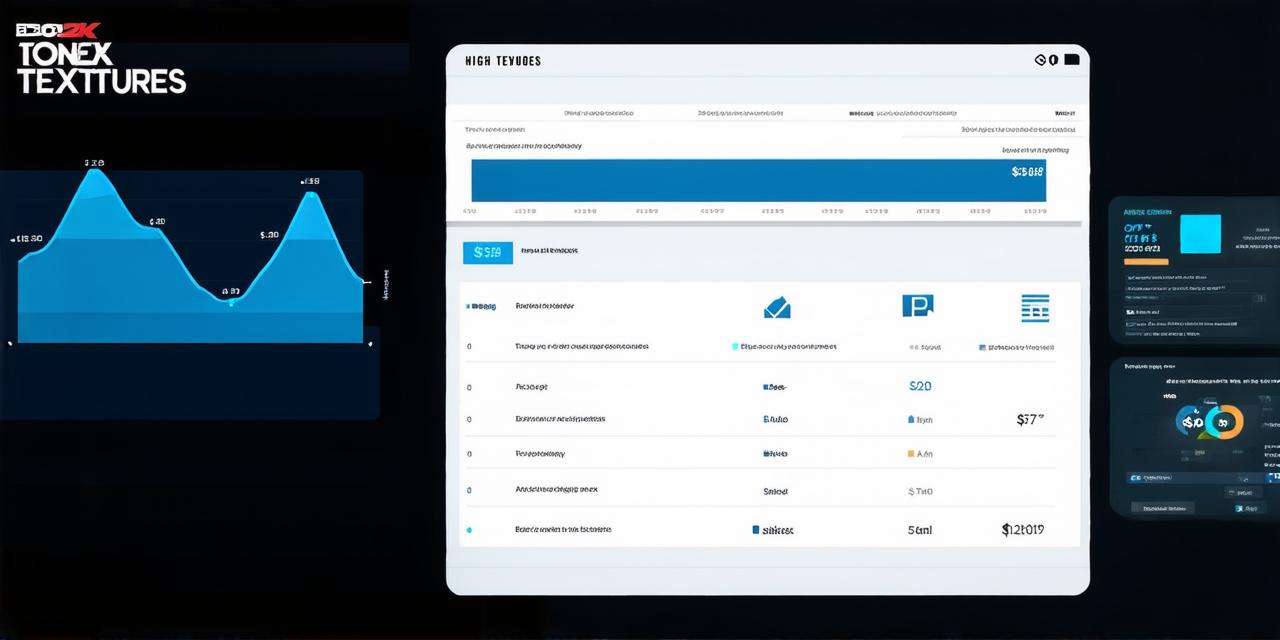Introduction
Apps have become an integral part of our daily lives. From messaging apps to fitness trackers, there is no shortage of apps that cater to every need and desire imaginable. However, this convenience comes at a cost. In order to create engaging experiences, developers often employ various manipulation tactics that can be both effective and insidious. These tactics range from subtle design choices to more direct methods of control, and it is important for users to understand how they work in order to make informed decisions about the apps they use.
The Power of Design
One of the most powerful tools app developers have at their disposal is the power of design. By carefully crafting the user interface (UI) and user experience (UX), developers can influence user behavior in subtle yet effective ways. For example, studies have shown that the placement of buttons on a screen can significantly impact how users interact with an app. By placing buttons in strategic locations, developers can make it easier for users to access certain features or content, encouraging them to use the app more frequently.
Another aspect of design that developers use to manipulate users is color. Colors have been shown to evoke different emotions and responses in people, and developers are often careful to choose colors that align with their desired outcome. For example, red has been linked to feelings of urgency and excitement, making it a popular choice for buttons or call-to-action elements. By using these colors strategically, developers can encourage users to take action or make purchases more frequently.

The Role of Personalization
Personalization is another powerful tool that app developers use to manipulate their users. By collecting data about user behavior and preferences, developers can create highly tailored experiences that are designed to keep users engaged. For example, fitness apps may track a user’s activity levels and provide personalized workout recommendations based on their progress. This not only encourages users to continue using the app, but it also creates a sense of ownership and investment in the app, as users feel like they are getting a personalized experience that is tailored specifically to their needs.
However, personalization can also be used for more nefarious purposes. For example, some developers may use location data to serve targeted ads or promotions based on a user’s current location. While this may seem like a convenient way to deliver relevant content, it also raises privacy concerns and can feel intrusive to users who may not be comfortable with their location being tracked.
The Impact of Notifications
Notifications are another powerful tool that app developers use to manipulate users. By sending push notifications to a user’s device, developers can draw attention to specific features or content within the app, encouraging users to interact more frequently. For example, a social media app may send a notification reminding a user of a message they haven’t responded to, or a shopping app may send a notification about a limited-time sale.
However, notifications can also be used for less desirable purposes. Some developers use push notifications to spam users with irrelevant content or promotions, which can feel intrusive and overwhelming. Additionally, some apps use notifications as a way to keep users engaged even when they are not actively using the app, by sending constant reminders or updates that encourage users to open the app frequently. This can be particularly problematic for apps that are designed to help users quit bad habits, such as smoking or drinking apps, which may send push notifications reminding users of their progress and encouraging them to keep going.
The Role of Social Proof
Social proof is another powerful manipulation tactic used by app developers. By leveraging the power of social media and peer influence, developers can create a sense of urgency and excitement around certain features or content within the app.



